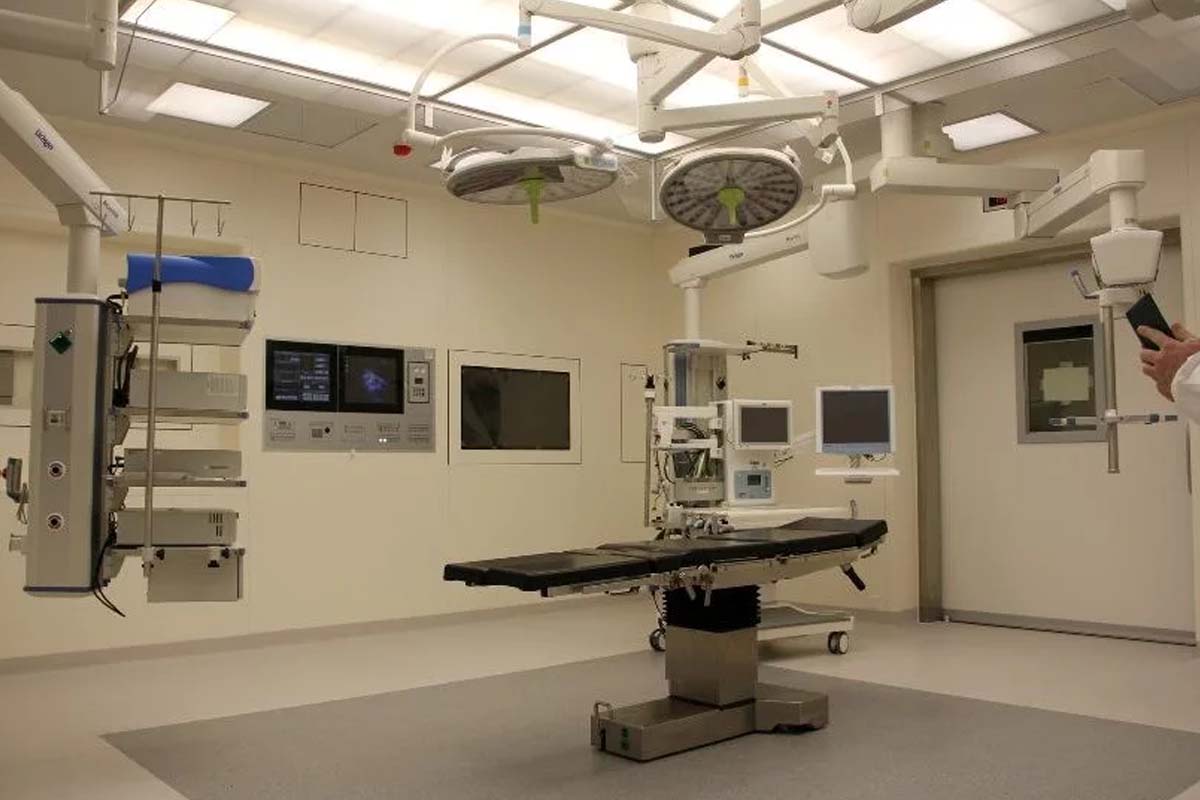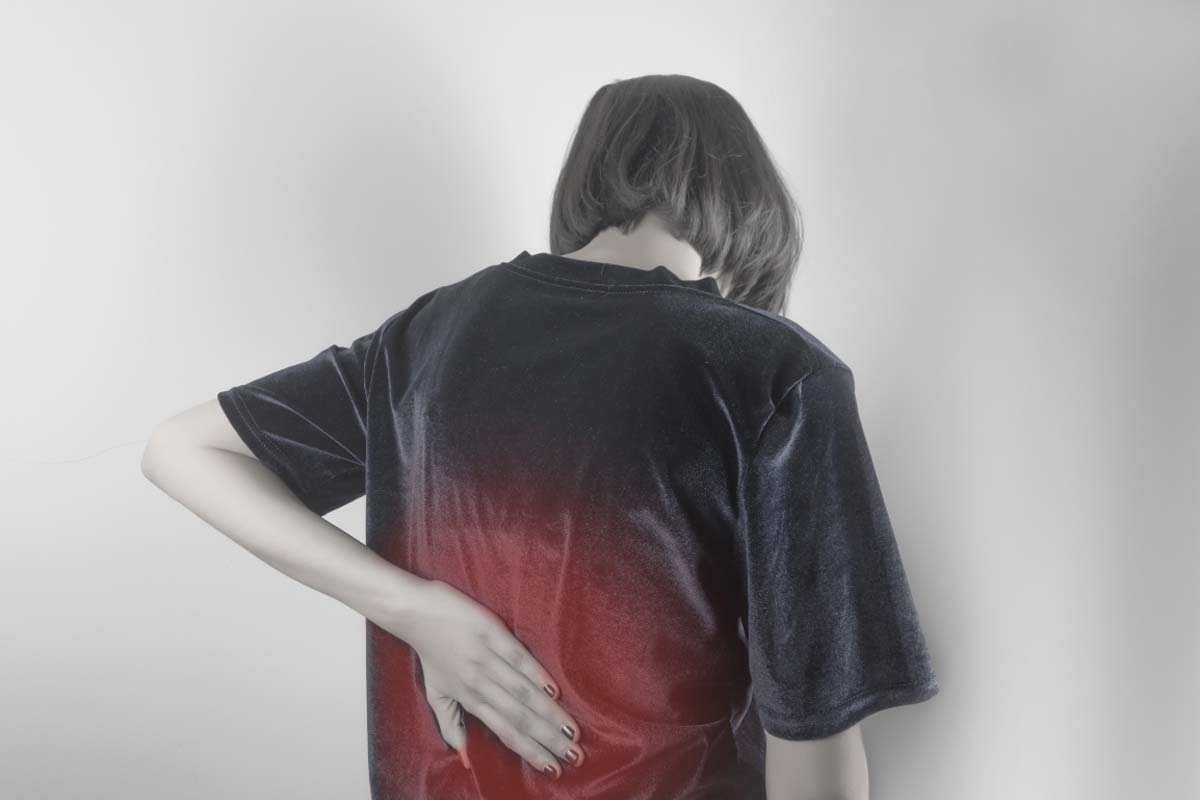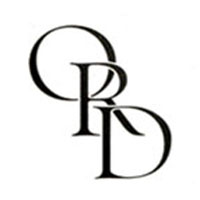What is Cerebral Palsy?
Cerebral palsy is a disorder that affects motor functions, altering the ability to make coordinated movements. It is often caused due to the malformation of a part of the brain before childbirth. However, it can also be a result of a brain injury during childbirth. Therefore, the hospital staff has a significant responsibility at the time of delivery and during the neonatal period.
Cerebral palsy is a long-term disorder with consequences such as physical and intellectual disability. Therefore, Irish law has a provision for Cerebral Palsy claims if the negligence is on the part of hospital staff. O’Reilly Doherty & Co. have experienced cerebral palsy claims solicitors who can help you make an effective claim.

Cerebral Palsy Claims and its Types
Common complications can arise during childbirth and the health professionals present must monitor the baby’s health indicators. An interruption to the oxygen supply of the brain can cause damage and can lead to cerebral palsy. In circumstances where the health professionals fail to notice the impaired oxygen levels or make a mistake that leads to obstruction in oxygen supply to the brain. This can make a case for medical negligence through which one can seek legal assistance from a cerebral palsy claim solicitor.
In legal terms, cerebral palsy claims can be categorised into two types of cases. This depends on the nature and extent of the disorder:
How can you make a Cerebral Palsy claim?
Cerebral Palsy claims require evidence of negligence by the hospital staff that has led to an injury. One can also prove that the level of neonatal care or medical attention during pregnancy was below acceptable standards. We have a skilled team of cerebral palsy solicitors who can help guide you if your case makes a valid claim for a cerebral palsy claim.
Get in touch with our team for any further inquiries or assistance regarding such types of claims.
If you require any further information, please do not hesitate to call us on 01 8344255. Alternatively you can simply request a callback and a member of our staff will contact you as soon as possible.
*In contentious business, a solicitor may not calculate fees or other charges as a percentage or proportion of any award or settlement.
Client Testimonials
Very professional service from start to finish, the communication was great and the whole process was made as stress free as possible. I would highly recommend Ronan and the team.
I have used Ronan and O’Reilly Doherty both professionally and personally, I couldn’t recommend them anymore just brilliant to deal with from start to finish. Thanks Guys.
Fantastic to deal with would highly recommend.
Very friendly and extremely helpful. Thank you.
Superb service, cannot recommend them highly enough.






